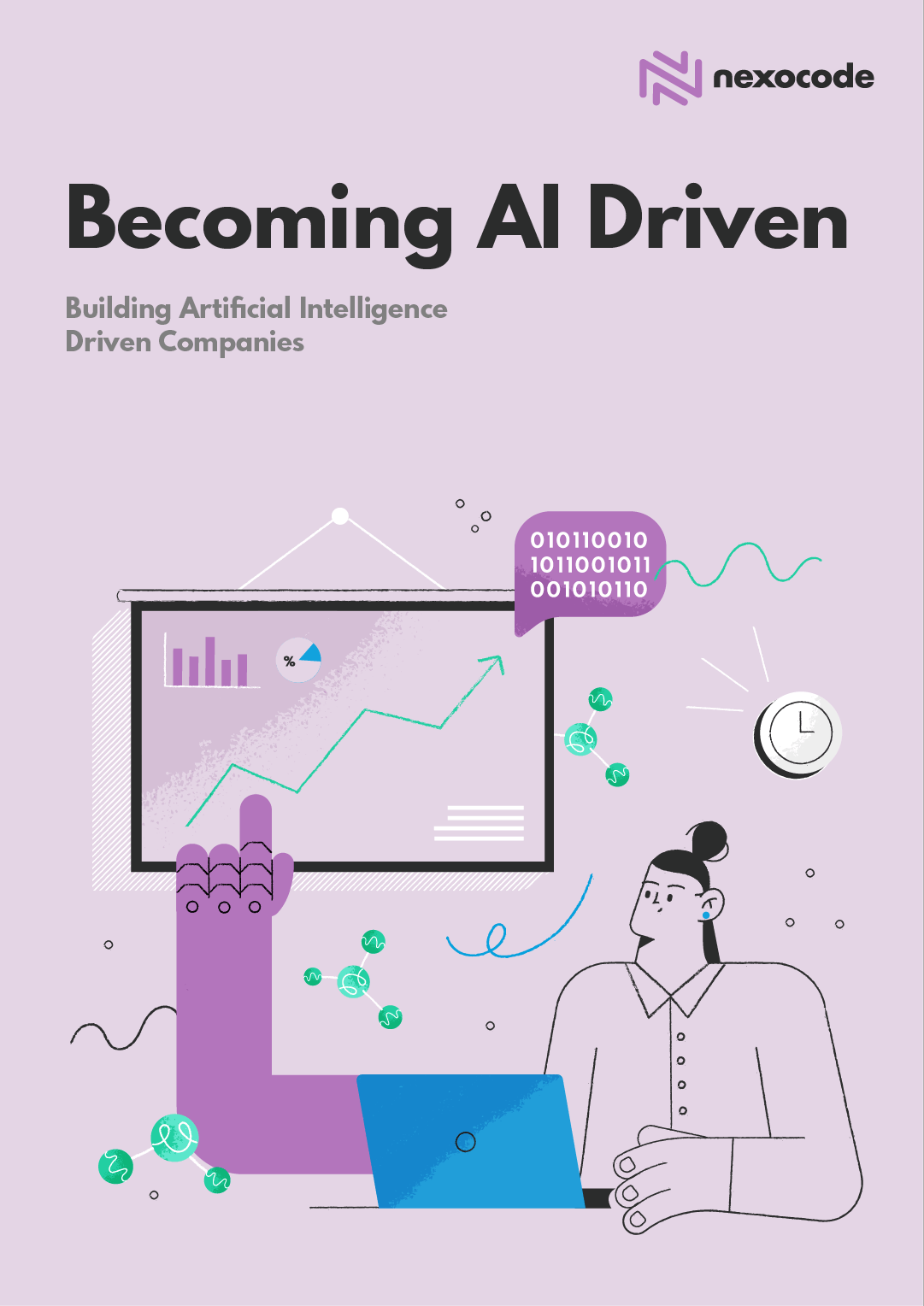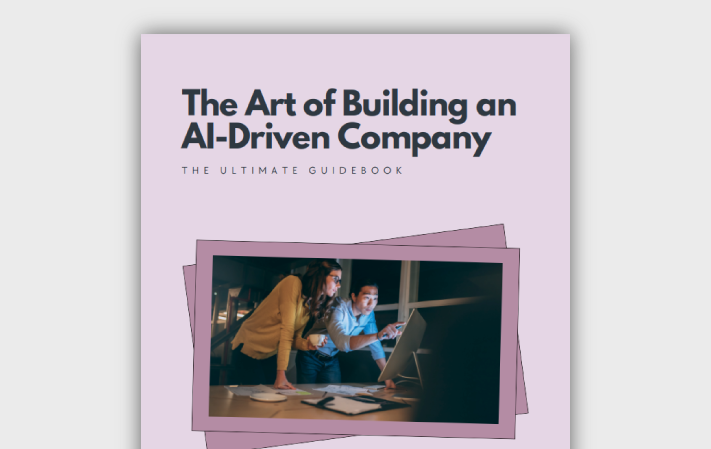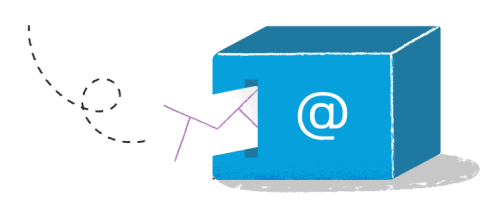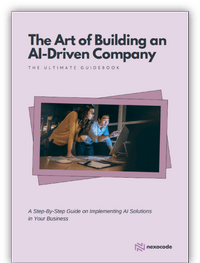There are many
benefits to cloud migration, including increased scalability, flexibility, and cost savings. However, there are also challenges to consider, such as the complexity of the migration process and the need to adapt to a new operating environment. In order to successfully migrate to the cloud, it is important to carefully plan and execute each step of the
migration process, including assessment, planning, execution, and ongoing management. By carefully considering the benefits and
challenges of cloud migration and following a structured approach to the process, organizations can successfully transition their infrastructure and applications to the cloud and realize the many benefits it has to offer.
When embarking on a cloud migration project, building and structuring the cloud operations team is critical to success. The team’s roles and responsibilities will vary depending on the size and scope of the project, but there are some key functions that every cloud operations team should have.
In this article, we will discuss the necessary roles and responsibilities for a cloud migration team, as well as tips for creating an effective team structure.
What Are Cloud Operations?
Cloud operations (CloudOps) are the tasks and processes that maintain cloud-based (including multi-cloud and hybrid) applications, workloads, and services, including the management of their implementation, performance, and optimization.
CloudOps defines strategies and best practices for cloud-related activities, including monitoring and security, as well as providing guidance on cloud governance processes, such as cost management and compliance. This is similar to how DevOps is a set of practices that codifies the delivery of software development (Dev) combined with IT operations (Ops). Modern DevOps is usually tightly coupled with cloud operations and cloud management but can also cover some on-premise activities.
Just like many organizations had network operations centers to oversee their on-premises IT operations, the monitoring and managing of operations in the cloud are handled by cloud operations teams – IT staff, cloud developers, and security experts collaborating together to achieve the business objectives under its cloud operations principles.
Cloud operations teams are responsible for cloud infrastructure design, migration planning and execution, service delivery, and usage analysis. The latter, in particular, provides the necessary insights for running services efficiently and controlling the use of cloud resources. But how are such teams usually structured?
Cloud Operations Team Structure
The structure of a cloud operations team will depend on the size and scope of your cloud migration project. In general, cloud operations teams may consist of a project manager, cloud architect, CloudOps and DevOps engineers, a governance and security manager, and a CloudOps leader.
Those roles will vary depending on the cloud migration project and the cloud provider used. We will now look at each of them in more detail.
Cloud Project Manager
The project manager oversees the
cloud migration process from start to finish, from the initial planning all the way through to its completion. This team member is responsible for keeping the project on track and getting all tasks successfully completed within the allocated budget and timeframe, allowing other employees to focus on their roles.
The cloud project manager is also responsible for cooperation between all of the other team members and coordinating each component of the cloud migration process. They include infrastructure planning and deployment, cloud architecture design, security processes, and policies, as well as governance frameworks and compliance requirements, to name a few.
The responsibilities of a cloud project manager – much like a project manager in any other field – include organizing schedules, assigning tasks, progress reporting, overseeing communication, aligning teams, procuring external cloud migration consulting services, and evaluating risks.
Cloud Architect
The cloud architect is responsible for designing the cloud-based infrastructure and supervising the cloud computing strategy. They are tasked with evaluating and analyzing cloud service offerings, determining cloud architecture solutions that fit the requirements of the business and ensuring optimal performance of cloud applications and services.
Cloud architects, who are responsible for designing and implementing cloud computing solutions, need to have a thorough understanding of software architecture and architecture patterns for a number of reasons.
First and foremost, cloud architecture involves designing and building complex systems that must be scalable, reliable, and secure. A deep understanding of software architecture and architecture patterns is essential for ensuring that the systems being built are well-designed and able to meet the required performance, reliability, and security standards.
Additionally, cloud architectures often involve integrating a variety of different technologies and platforms, and a strong understanding of software architecture and architecture patterns can help cloud architects understand how these technologies and platforms fit together and can be effectively combined to create a cohesive solution.
Finally, cloud architectures are constantly evolving, and cloud architects need to be able to adapt to new technologies and design patterns as they emerge. A strong understanding of software architecture and architecture patterns can help cloud architects stay up-to-date with the latest developments and best practices and allow them to design and implement solutions that are both effective and flexible. They also need to have an in-depth knowledge of CloudOps processes and stay up-to-date with trends and innovations in cloud technology.
As a highly technical role requiring extensive experience, cloud architects must understand cloud service models (IaaS, PaaS, and SaaS), virtualization technologies, and cloud security principles.
The cloud architect in your team will be tasked with such duties as assessing current IT infrastructure, devising
the cloud migration strategy, designing cloud applications, liaising with engineers, managing cloud services and processes, monitoring performance, improving efficiency, carrying out maintenance, and developing new designs.
Cloud architects should be able to think strategically and understand how different technical choices can impact an organization’s overall goals and objectives. They should be able to consider the long-term implications of different approaches and be able to recommend solutions that align with an organization’s business needs.
DevOps Engineer
The cloud migration project will require a DevOps engineer to oversee the development teams, closing the gap between them and system administrators. This role is responsible for taking care of all tools, processes, pipelines, and methodologies required for deploying the cloud software. DevOps engineers will be configuring and setting up the necessary cloud resources, such as virtual machines, storage, and networking. They also ensure that the migrated infrastructure and applications are configured for optimal performance and scalability. Finally, they will be responsible for implementing processes for ongoing management and maintenance of the migrated infrastructure and applications, including monitoring, alerting, and remediation.
This team member must have a good understanding of DevOps techniques and practices, cloud system operation, and the software development lifecycle, communication skills for working together effectively with other members of the team, and an ability to automate repetitive tasks in order to reduce errors.
Cloud Engineer
The job of a CloudOps engineer is to develop the cloud environment using their technical knowledge of multiple programming languages, professional programming experience, as well as analytical skills, and creative thinking.
A thorough understanding of service level agreements and different architectures from various cloud platforms – such as
Amazon Web Services (AWS), Google Cloud Platform (GCP), and Microsoft Azure – is required for this role.
The responsibilities of a cloud engineer include coding the architect’s designs, deciding how applications ought to operate and scaling their components, performing maintenance, upgrading existing cloud systems, and developing new ones.
Data Governance and Cloud Security Manager
The ability to access data in the cloud from anywhere opens it up to the risk of security breaches, downtime, and outages. As such, in order to protect cloud data from unauthorized access, one of the most vital members of any cloud operations team is the data governance and cloud security manager.
This person must be well-versed in cloud security best practices, data protection, and privacy laws, cloud architecture solutions, hosting platforms, and cloud management tools in order to verify that the businesses’ cloud computing services are compliant with all relevant regulations and to prevent unauthorized access to cloud sensitive data.
The data governance and cloud security manager will be responsible for creating and maintaining cloud security policies and standards, protecting data through encryption, designing compliant architectures, auditing cloud-based applications, monitoring cloud storage, implementing cloud-based access control systems, conducting risk analyses, and testing for vulnerabilities.
CloudOps Leader
A cloud operations team needs a highly respected person in a senior position in the business who is also tech-savvy to oversee the cloud migration project, provide guidance for cloud administrators, and communicate with all stakeholders.
Cloud leaders are responsible for driving cloud adoption in the organization, ensuring effective collaboration between cloud teams and traditional IT professionals, managing budgets, providing technical guidance for cloud operations projects, and communicating cloud initiatives to business executives.
The role involves developing a cloud migration strategy, including an estimated budget and financial projections, consulting and attending meetings with the rest of the team and decision-makers in the organization, championing cloud technology, measuring and reporting on progress and success, and overseeing the CloudOps recruitment process.
How to Create an Effective Cloud Migration Team Structure
The cloud operations team structure can vary from one company to another, with different roles and responsibilities allocated based on their cloud migration project needs. When building a cloud operations team, consider the individual skills of each member, as well as the collective experience and knowledge needed to pull off a cloud migration project successfully.
Start by appointing a suitable candidate from within the organization, with the right skills to guide the project in the right direction and liaise between leadership and the rest of the team, as cloud operations leader. They will be responsible for the recruitment process, starting with identifying or hiring the project manager.
Then, identify experts in cloud infrastructure, security, database, and software engineering to form the core of the cloud operations team. Once these roles have been filled, you can then bring on additional personnel depending on the specifics of your project and cloud migration goals.
When recruiting personnel for your cloud operations team, focus on individuals with cloud certifications, like Google Cloud Platform Certified Professional or the AWS Certified Solutions Architect.
Next, assign roles and responsibilities to each cloud operations team member depending on their individual skill sets and experience, avoiding overlapping duties and covering all areas of cloud operation. Finally, the CloudOps team must be equipped with the right collaboration and communication tools for the project to run as smoothly and efficiently as possible.
Suppose you are considering a cloud migration but do not have sufficient expertise with cloud computing within your own team. In that case, it may be a good idea to hire
external cloud migration consultants. Cloud migrations can be complex and involve many moving parts, and having experienced professionals on hand to guide you through the process can be invaluable.
External cloud migration consultants can bring a wealth of experience and knowledge to the table and can help you navigate the various challenges and considerations that come with moving to the cloud. They can help you assess your current infrastructure and applications, develop a migration plan, configure and set up your cloud resources, and ensure that your migrated infrastructure and applications are configured for optimal performance and scalability. Moreover, when needed, they can also help you with recruitment to help you fulfill all the necessary roles not only for the cloud migration but the future cloud management and maintenance tasks.
In addition, external cloud migration consultants can provide valuable guidance and support as you adapt to working in a cloud environment and can help you develop processes for ongoing management and maintenance of your cloud infrastructure and applications.
Tips for Managing and Leading a Successful Cloud Team
Be Transparent About Business Requirements
When leading a cloud team, it is best to be transparent about business requirements and cloud migration goals. The CloudOps team needs to have a clear understanding of the cloud migration project’s objectives, budget, and timeline constraints, as well as other expectations that stakeholders have.
Agile Project Management
Managing cloud operations efficiently and ultimately achieving cloud success can be made easier by following an agile project management methodology. This will allow cloud teams to focus on the most important tasks, be more organized with cloud operations projects, and have greater visibility into the project’s progress.
Regular Team Alignment
Cloud operations teams should meet to discuss progress and potential challenges on a regular basis. Aligning the cloud team in this way will get everyone on the same page and working together to achieve the cloud migration project’s goals, which is particularly crucial when dealing with changes and introducing new technologies.
Constantly Invest in Building Soft and Technical Skills within Your Cloud Team
Members of developing cloud operations teams need continual training to improve their technical abilities and stay up to date to understand cloud technologies, industry standards, and security requirements. Investing in CloudOps skills building through training courses, seminars, and conferences is essential for cloud projects to remain secure and competitive.
Do Not Forget About Risk Management and Cloud Security
Addressing cloud security has to be a priority when building an effective cloud operations team. All cloud migration projects must have stringent cloud security measures in place, such as cloud access security brokers (CASBs) and cloud workload protection platforms (CWPPs), that all team members are aware of and adhere to.
Hire Nexocode as Your Experienced Cloud Migration Team
Nexocode’s cloud migration experts are highly experienced and skilled in cloud operations. Our team is adept at delivering secure cloud migration projects that remain cost-effective and provide business value while keeping cloud operations teams on track to reach their cloud migration goals.
Contact us today for further information about our cloud engineering services and more.








